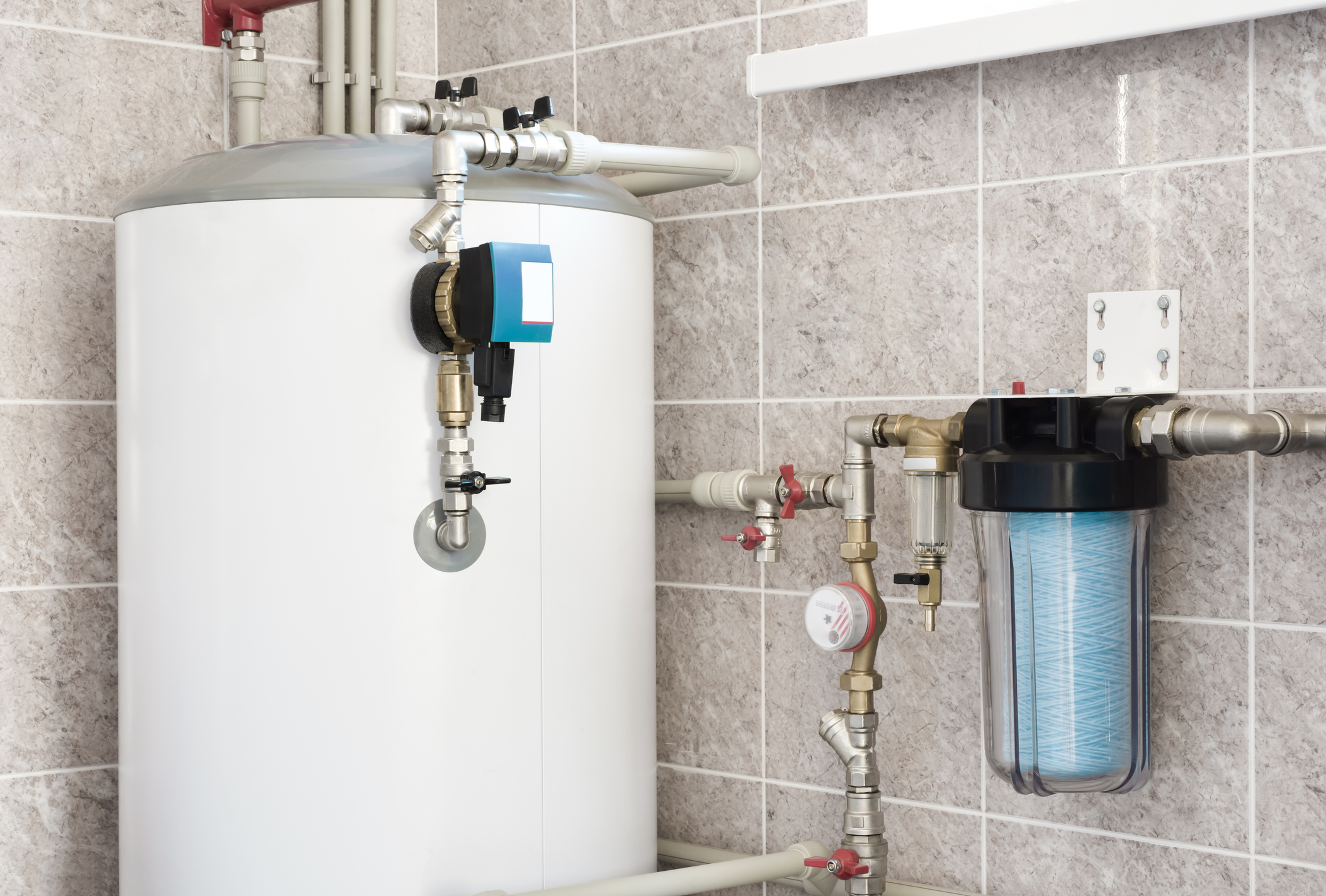Professional Tips for Caring for Your Home's Hot Water System
Professional Tips for Caring for Your Home's Hot Water System
Blog Article
Just how do you really feel in relation to How to Maintain Your Water Heater & Prolong its Life?

Warm water is important for day-to-day comfort, whether it's for a rejuvenating shower or cleaning dishes. To ensure your warm water system runs efficiently and lasts much longer, normal maintenance is essential. This write-up offers practical ideas and insights on just how to maintain your home's warm water system to avoid disturbances and costly fixings.
Introduction
Keeping your home's hot water system could seem overwhelming, but with a couple of straightforward actions, you can ensure it operates efficiently for several years to come. This guide covers whatever from recognizing your hot water system to DIY upkeep pointers and knowing when to hire expert aid.
Importance of Maintaining Your Hot Water System
Regular maintenance not just expands the life-span of your warm water system but also ensures it runs effectively. Disregarding upkeep can lead to decreased effectiveness, greater power costs, and also premature failure of the system.
Signs Your Hot Water System Requirements Maintenance
Understanding when your warm water system requires focus can protect against significant concerns. Look out for signs such as inconsistent water temperature, unusual noises from the heating unit, or rustic water.
Purging the Hot Water Heater
Purging your hot water heater eliminates debris accumulation, enhancing effectiveness and extending its life.
Monitoring and Changing Anode Rods
Anode poles stop rust inside the storage tank. Checking and replacing them when worn is important.
Complicated Problems Requiring Professional Aid
Instances include major leaks, electrical problems, or if your hot water heater is continually underperforming.
Regular Expert Upkeep Advantages
Expert maintenance can consist of complete evaluations, tune-ups, and making sure compliance with safety and security criteria.
Checking and Changing Temperature Setups
Readjusting the temperature level settings ensures optimum efficiency and security.
DIY Tips for Maintenance
You can execute a number of maintenance tasks on your own to keep your hot water system in leading problem.
Checking for Leakages
Consistently check pipes and connections for leakages, as these can result in water damage and greater expenses.
Understanding Your Warm Water System
Prior to diving into upkeep tasks, it's useful to comprehend the basic components of your warm water system. Generally, this includes the hot water heater itself, pipes, anode poles, and temperature controls.
Monthly Upkeep Tasks
Regular month-to-month checks can assist catch small issues prior to they intensify.
Testing Stress Relief Valves
Examining the pressure safety valve ensures it operates properly and prevents too much pressure build-up.
Insulating Pipelines
Protecting warm water pipes lowers warm loss and can conserve energy.
When to Call a Specialist
While DIY upkeep is advantageous, some concerns require specialist knowledge.
Verdict
Routine upkeep of your home's hot water system is necessary for efficiency, durability, and cost savings. By complying with these suggestions and recognizing when to seek expert aid, you can guarantee a trustworthy supply of warm water without unforeseen disturbances.
How to Maintain an Instant Hot Water Heater
Before tinkering with your hot water heater, make sure that it’s not powered on. You also have to turn off the main circuit breaker and shut off the main gas line to prevent accidents. Also turn off the water valves connected to your unit to prevent water from flowing into and out of the appliance. 2. When you’re done, you have to detach the purge valves’ caps. These look like the letter “T†and are situated on either side of the water valves. Doing so will release any pressure that has accumulated inside the valves while at the same time avoid hot water from shooting out and burning your skin. 3. When the purge valves’ caps are removed, you have to connect your hosing lines to the valves. Your unit should have come with three hoses but if it didn’t, you can purchase these things from any hardware or home repair shops. You can also get them from retail stores that sell water heating systems. Read the user’s manual and follow it to complete this task properly. When the hosing lines are connected, open the purge port’s valves. 4. You should never use harsh chemical cleaners or solutions when cleaning your unit. Make use of white vinegar instead. It should be undiluted and you’ll probably use about 2 gallons. 5. Now flush your water heater. This task should probably take about 40 minutes. We can’t give you specific directions for this because the procedure is carried out depending on the type, model and brand of your heater. With that being said, refer to the user’s manual. 6. When you’re done draining the unit, you have to turn off the purge port valves again. Remove the hosing lines that you earlier installed on each of the water valves. Put the valve caps (purge port) back in their respective places and be very careful so as not to damage the rubber discs that are found inside these caps. 7. Now that everything’s back in place, check your user’s manual again to find out how to reactivate your water heating system. 8. Once it is working, turn one of your hot water faucets on just to let air pass through the heater’s water supply pipes. Leave the tap on until water flows smoothly out of it. https://www.orrplumbing.com/blog/2014/september/how-to-maintain-an-instant-hot-water-heater/

We had been made aware of that article about Tips on Maintaining a Water Heater through a buddy on a different web blog. Enjoyed our piece? Please quickly share it. Help somebody else check it out. I thank you for your readership.
Call Today Report this page